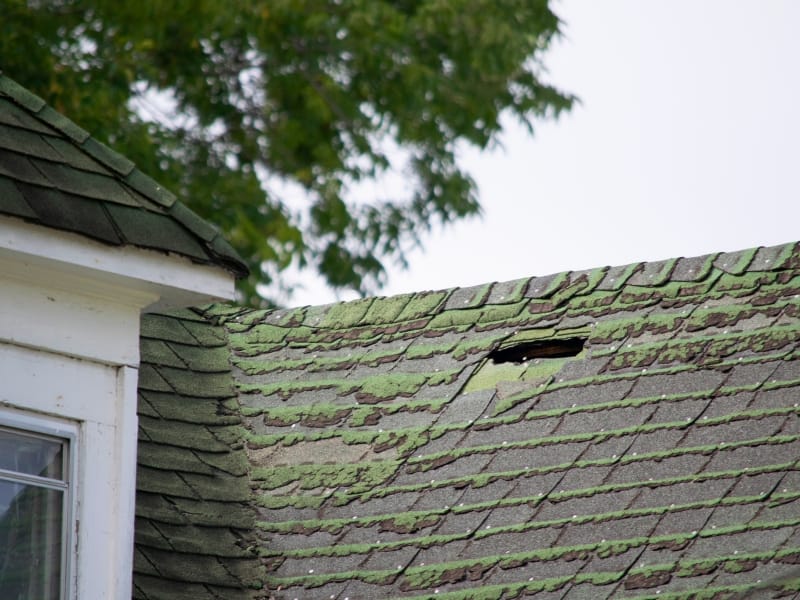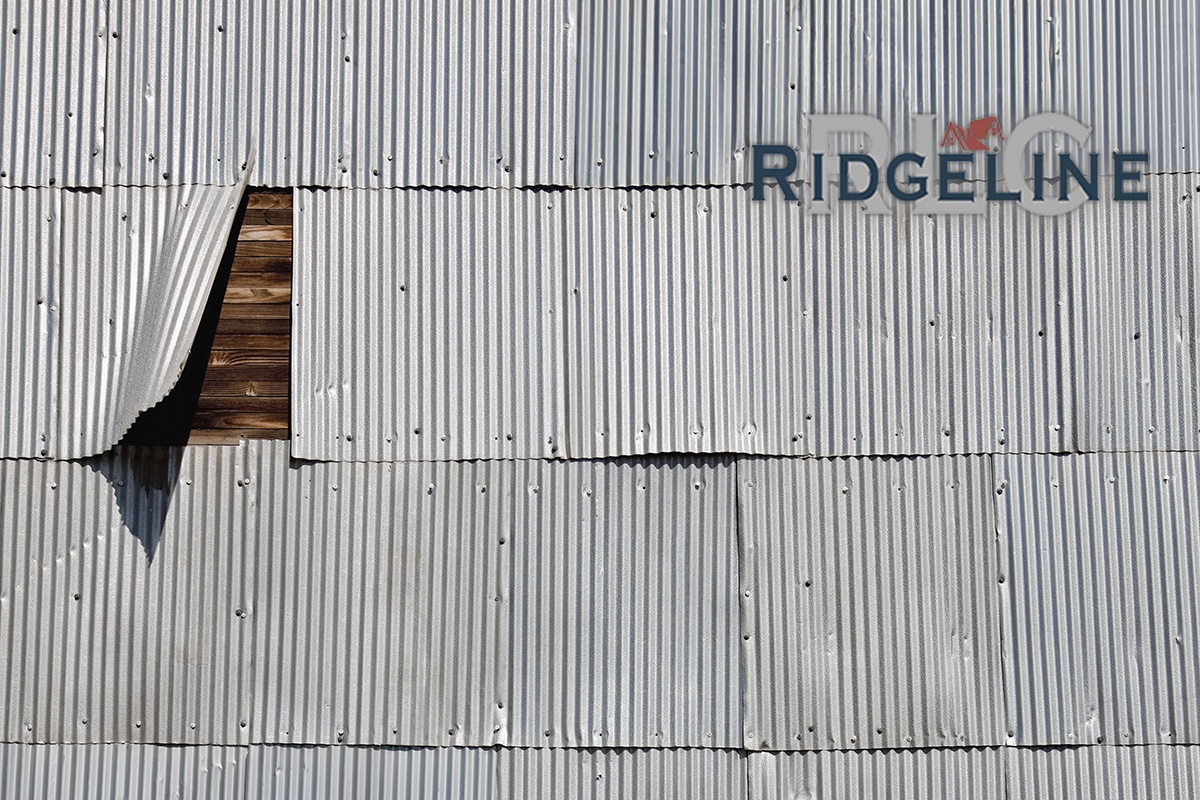Other than your roof, siding is the largest exterior component of your home. You may think that vinyl siding on your house is waterproof, and for the most part, it is. However, damage or poor installation can result in small gaps and cracks over time. These gaps and cracks allow water to seep through, which can be a huge nightmare down the road.
Whether it is heavy rain, your sprinklers, or even just the humidity of the climate in which you live, any amount of water that gets through your siding can cause extensive damage to your home. And if your home is missing a water-resistant barrier, the damage could really end up costing you. Keep reading for signs that water is getting under your vinyl siding.
6 Signs Water’s Getting Under your Vinyl Siding
- Your Siding is Warping or Buckling – One of the most noticeable signs that water is getting under your vinyl siding is when it begins to warp, buckle, or even start to lift away from the wall. This can happen as a result of trapped moisture and water in the siding material. When moisture gets trapped inside the vinyl, it will expand and cause warping, which leads to buckling or lifting away from the wall.
- Gaps Appear Between Seams – Another common sign that water is making its way under your vinyl siding is when you start to notice gaps between seams in the siding material. These gaps could be caused by several different factors, including shifting foundations, settling walls, and more but one key factor could also be due to excess moisture getting trapped within the seams of your siding leading them to pull apart and create gaps.
- Unusual Growth of Molds or Algae – Unusual growth of mold or algae on any outside surface is usually not a good sign as this indicates there may be an issue with water damage somewhere on your property. If you have noticed mold growth appearing on your vinyl siding then this may indicate there’s an issue with trapped moisture allowing mold spores to grow freely without interruption; therefore, this could mean that water has likely infiltrated through into the material behind it too.

- Discoloration or Staining – If you find yourself constantly cleaning off discoloration or stains on any part of your home’s exterior, then one potential culprit could be an issue with water getting underneath your vinyl siding and causing damage over time. Water infiltration through cracks or breaks in the siding can cause staining, which will increase in severity until it’s dealt with appropriately by professional means such as waterproofing services for example.
- Soft Spots Around Nails & Screws – Over time, if nails and screws used for fastening down pieces of vinyl siding become loose due to weathering, then water can begin seeping through these tiny openings from behind, creating dampness and soft spots around them which are usually very noticeable when pressing against them lightly with a finger for example; therefore indicating a possible infiltration problem with water beginning to creep in from outside sources if left unchecked for too long.
- Rotting Wood Nearby – If you have wood materials such as trim boards located nearby where some sections of your vinyl siding may have come away from the wall slightly, then this could be another indicator that you have an issue with water getting underneath the siding since rotting wood often suggests there was recent contact with moisture or liquid at some point recently too; so if left untreated then rot can set into wooden materials pretty quickly and cause further issues down the line if not addressed promptly and efficiently as soon possible before things get worse due to potential long-term exposure!
How to prevent getting water on your roof
Water invading a roof can cause severe damage to both the structure of the house and its interior. To prevent this from happening, it is essential to understand the different ways in which water can enter a roof and take steps to avoid it.
One way that water might get into your roof is through precipitation, such as rain or snow. To prevent this, it is important to ensure that the roof does not have any holes or gaps in it, as these can allow precipitation to flow in and cause damage. It is also important to ensure that the gutters and downspouts are functioning correctly to carry away rainwater from the building before it has a chance to seep in. It is also helpful to inspect the exterior of your home regularly for signs of water damage, such as moss or discoloration on walls or ceilings.
Another way that water might enter a roof is through condensation. This occurs when warm air contacts cold surfaces within an attic space, resulting in moisture buildup on insulation materials and other components inside the attic area. To deal with this problem, you should ensure adequate ventilation systems are installed in your attic space so that warm air can escape while cold air stays out. Additionally, you should make sure not to store items in your attic space which could be absorbing moisture from the air – such items include cardboard boxes and mattresses.
A third possible pathway for water entering a roof may be wind-driven rain: this occurs when the wind blows against an outside wall of a building at just the right angle to drive moisture up into any unprotected openings around windows or doors located on those walls. In order to prevent this from happening, flashings should be installed around all windows and doors located near exterior walls so as to block any incoming water from entering along those pathways.








